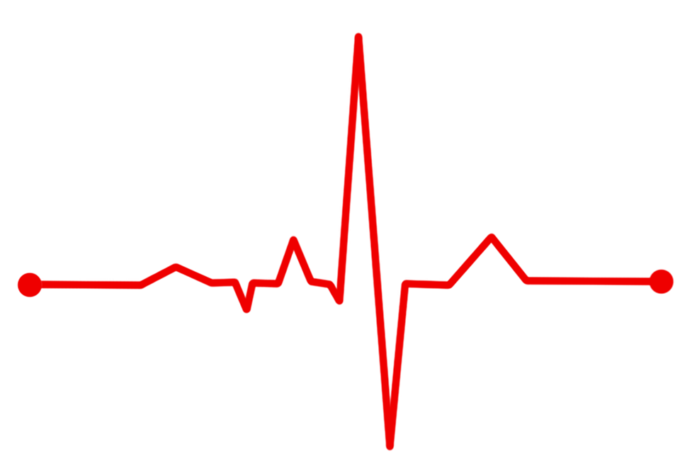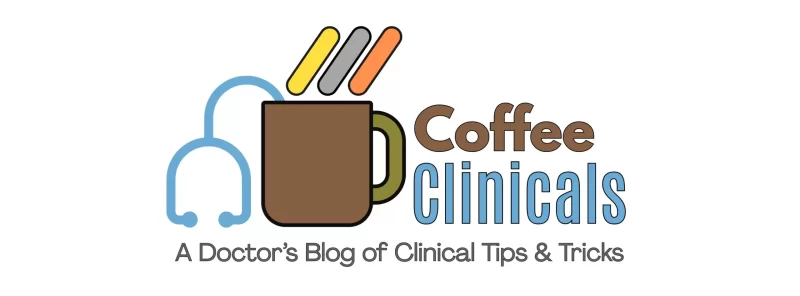
What is a relatively common EKG finding that we smug little eager-beavers identify in patients and then ignore ? That’s right – a PAC (Premature Atrial Contraction). PACs are super common and get commoner as we age. A 2012 study of people older than age 50 found at least on PAC present in 99% of the people studied with Holter monitoring. Are PACs clinically important and do they mean anything ? We were always told they are interesting and fun but largely useless – sorta like NPCs in video games ! But turns out PACs could be more than just a fly on the wall…
Pathologies have always existed, but take evidence, experience and time to get uncovered. Evidence has now been accumulating that PACs might actually reflect evidence of ongoing electrical & structural remodelling of the atrium with age, inflammation, hypertension and accrued autonomic dysfunction and possible precursors to atrial fibrillation and strokes. This study published in 2020 showed more than 222 PACs in 24 hours in patients with cryptogenic strokes (i.e. stroke without an identified cause) were good predictors of Atrial Fibrillation. Another study published in 2020 found PACs ≥ 75 counts/24 h was associated with more severe acute ischemic strokes. This publication in 2021 showed a higher risk of dementia. But forget higher frequency, this study found that even a single PACs on a random EKG could predict higher risk of Atrial Fibrillation.
So if you see PACs then what ? Evidence gathering to determine therapy guidelines is still ongoing. For example – ARCADIA is the first trial to test whether anticoagulant therapy reduces stroke recurrence in patients with atrial cardiopathy but no known atrial fibrillation. A cohort study published in 2019 showed beta-blockers and physical exercise in patients with PACs reduced Atrial Fibrillation risk. For now, if I see PACs, I use that as a ‘pre-wake-up’ call for counseling patients on physical activity, better BP control and screening risk factors for Atrial Fib & Strokes such as HTN, DM2, sleep apnea, etc. It’s great that retail smart watches these days are able to provide continous unofficial rhythm detection. What remains to be seen if healthy lifestyle changes can help cut back on frequent PACs and if that results in meaningful risk reductions for strokes & atrial fibrillation.

Don’t miss these fun posts! Subscribe via email 📩 | |
